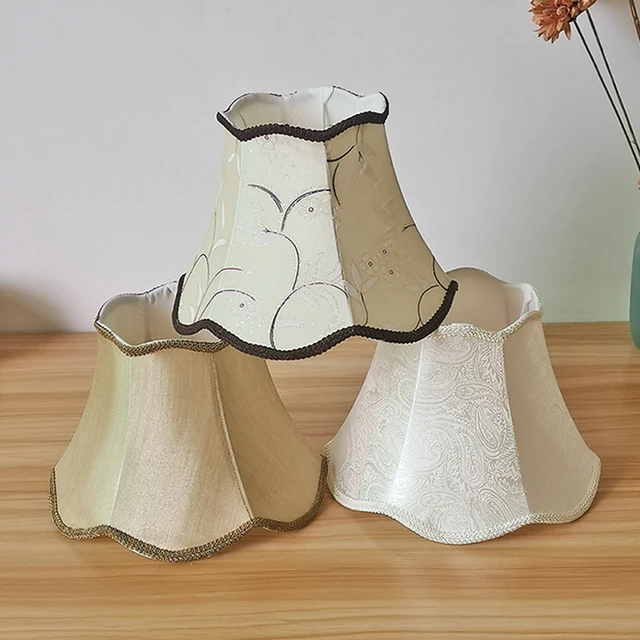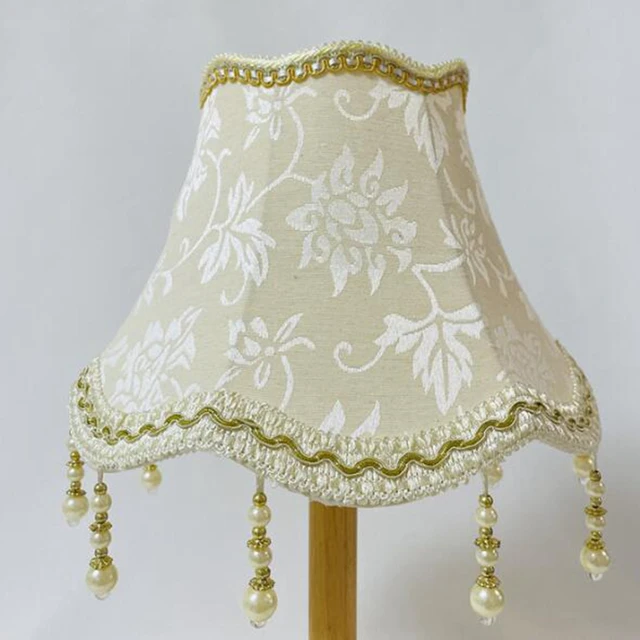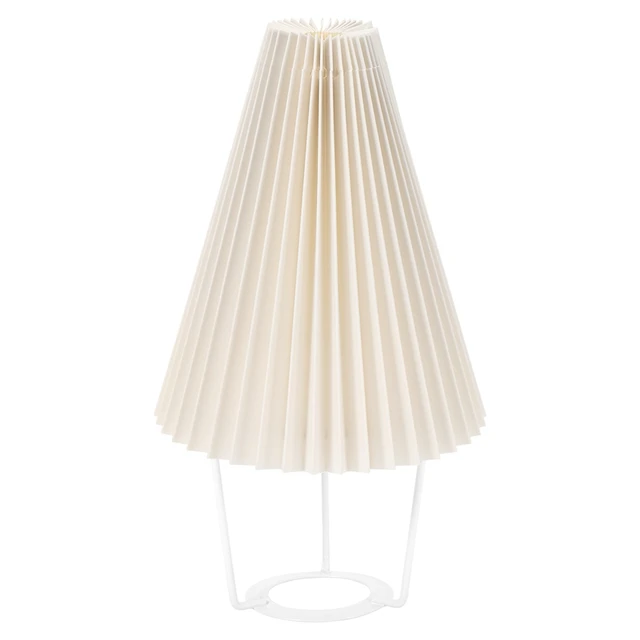How to accurately measure a lamp shade
Measuring a lamp shade accurately is crucial when replacing or purchasing a new shade to ensure a proper fit and desired aesthetic. In this comprehensive guide, we will provide you with step-by-step instructions on how to measure a lamp shade correctly. By following these simple steps, you can confidently find the perfect lamp shade that complements your lamp base and enhances the overall appearance of your space.
Measuring the Top Diameter:
To measure the top diameter of a lamp shade, follow these steps:
Place the lamp shade on a flat surface with the top facing up.
Measure straight across the narrowest part of the shade, from one edge to the opposite edge.
Write down the measurement in inches or centimeters for future reference.
Measuring the Bottom Diameter:
To measure the bottom diameter of a lamp shade, follow these steps:
Place the lamp shade on a flat surface with the bottom facing up.
Measure straight across the widest part of the shade, from one edge to the opposite edge.
Write down the measurement in inches or centimeters for future reference.
Measuring the Vertical Height:
To measure the vertical height of a lamp shade, follow these steps:
Place the lamp shade on a flat surface with the bottom facing down.
Measure vertically from the bottom edge to the top edge of the shade.
Write down the measurement in inches or centimeters for future reference.
Measuring the Slant Height:
If the lamp shade has a slant or an angled shape, you may also want to measure the slant height. To do so, follow these steps:
Place the lamp shade on a flat surface with the bottom facing down.
Measure diagonally from the bottom edge to the highest point of the shade.
Write down the measurement in inches or centimeters for future reference.
Considering the Fitter Type:
When measuring a lamp shade, it’s important to consider the type of fitter it has. The fitter refers to the way the shade attaches to the lamp base. Common fitter types include spider, uno, and clip-on. Take note of the specific fitter type to ensure a proper fit when replacing or purchasing a new shade.
Determining the Shape:
Observe the shape of the lamp shade and determine whether it is a drum, empire, bell, square, oval, or another shape. This will help you find a new shade that matches the existing shape or gives your lamp a different look.
Additional Considerations:
Take into account the overall aesthetic and design of your lamp and room when choosing a new shade.
Consider the intended purpose of the lamp – for example, whether it is for ambient lighting, task lighting, or decorative purposes – to determine the desired lighting effect.
Think about the room’s color scheme and decor style to choose a shade color and material that complements the space.
If you are uncertain about measuring or selecting a lamp shade, consult a professional or refer to the manufacturer’s recommendations for your specific lamp model.
Maintaining Lamp Shades
Regular maintenance and care of lamp shades are essential to keep them looking clean, dust-free, and in optimal condition. In this guide, we will provide you with simple tips on how to maintain and care for your lamp shades on a daily basis. By following these steps, you can ensure that your lamp shades stay beautiful and functional for years to come.
Dusting:
Regularly dust lamp shades with a soft, lint-free cloth or a feather duster. Gently wipe the surface of the shade to remove any accumulated dust or debris.
For fabric or delicate shades, use a soft brush attachment on a vacuum cleaner to remove dust. Be cautious and use low suction to avoid damaging the fabric.
Spot Cleaning:
For small stains or spots on fabric or paper lamp shades, use a clean, white cloth or sponge slightly dampened with water. Gently blot the stained area, being careful not to scrub or rub vigorously.
For more stubborn stains, consult the manufacturer’s instructions or seek professional advice to avoid damage to the shade.
Avoid Moisture:
Lamp shades, especially those made of paper or fabric, should be kept away from areas with excessive moisture or humidity. Moisture can cause damage, discoloration, or mold growth on the shade.
If lamp shades accidentally get wet, gently wipe off the moisture with a clean, absorbent cloth and allow them to air dry completely before using them again.
Avoid Direct Sunlight:
Direct sunlight can cause fading or discoloration of lamp shades over time. Avoid placing lamp shades in areas of intense sunlight or use window treatments to protect them from prolonged exposure.
Handle with Care:
When handling lamp shades, especially those made of delicate materials, avoid gripping or pulling them forcefully. Hold them by the base or frame to prevent damage or distortion.
Bulb Maintenance:
Regularly check and clean the bulbs in your lamps. Dust and debris on the bulbs can affect the overall illumination and appearance of the lamp shades.
Ensure that the bulbs are cool and unplugged before cleaning or replacing them. Follow the manufacturer’s instructions for bulb replacement and handling.
Professional Cleaning:
If lamp shades are heavily soiled, stained, or made of delicate materials, it may be necessary to seek professional cleaning services. Professional cleaners have expertise in handling various shade materials and can remove stubborn stains or grime effectively.
Conclusion:
Proper daily care and maintenance of lamp shades are essential to preserve their beauty and functionality. By following these simple tips for dusting, spot cleaning, avoiding moisture and direct sunlight, handling with care, and maintaining the bulbs, you can ensure that your lamp shades stay clean and in optimal condition. Regular attention and gentle care will extend the lifespan of your lamp shades, allowing them to continue enhancing the ambiance of your space for years to come.







